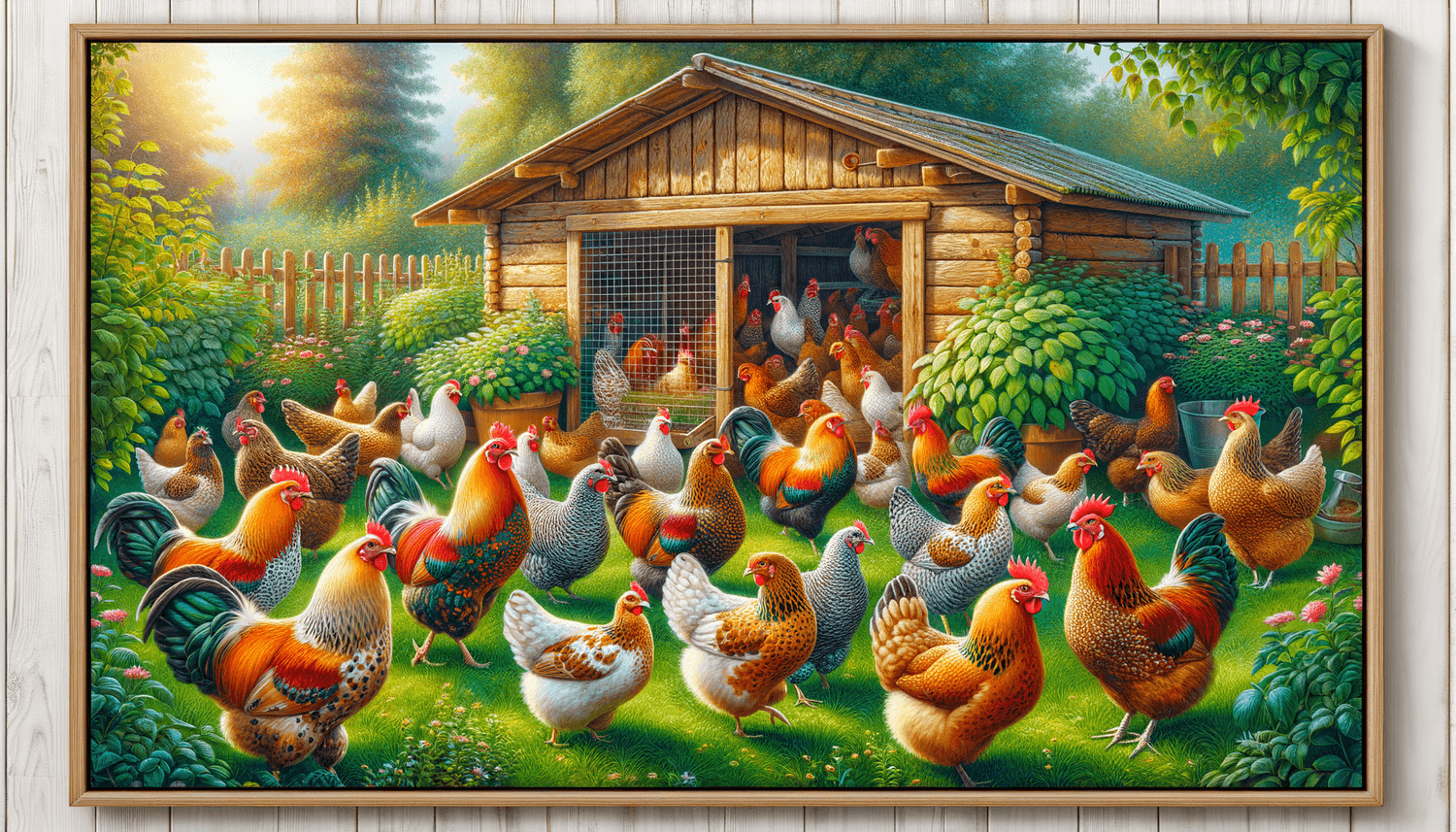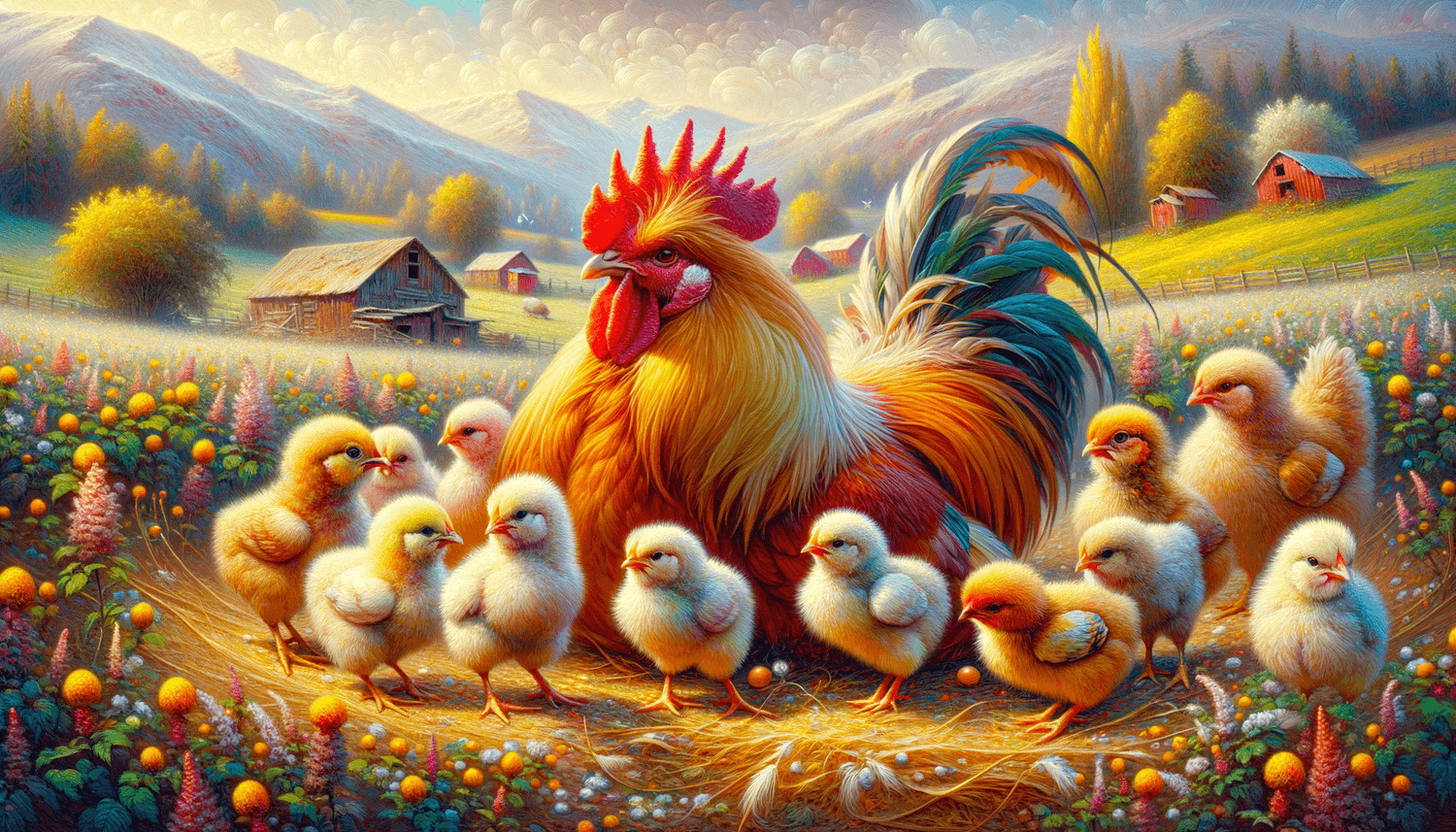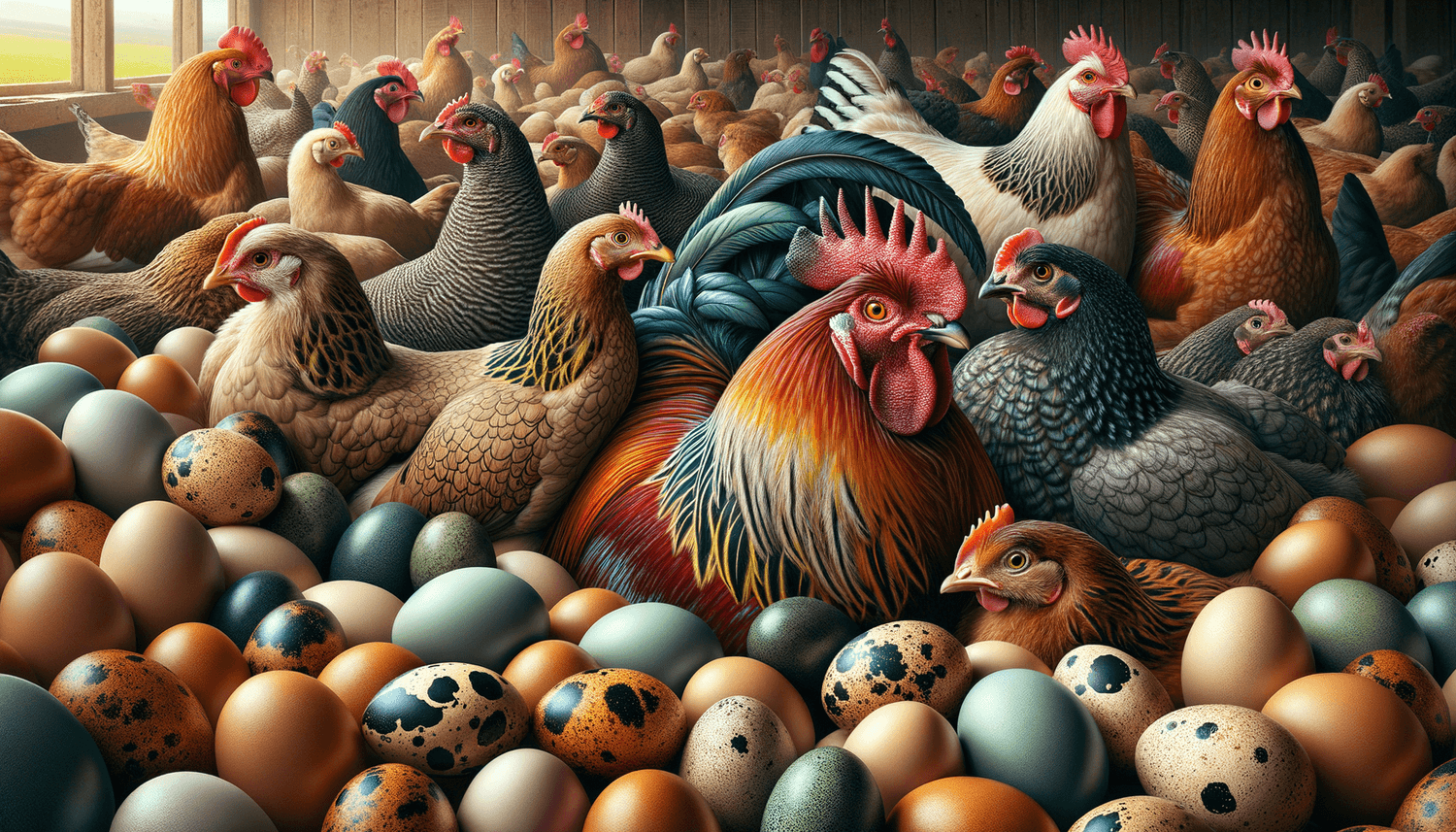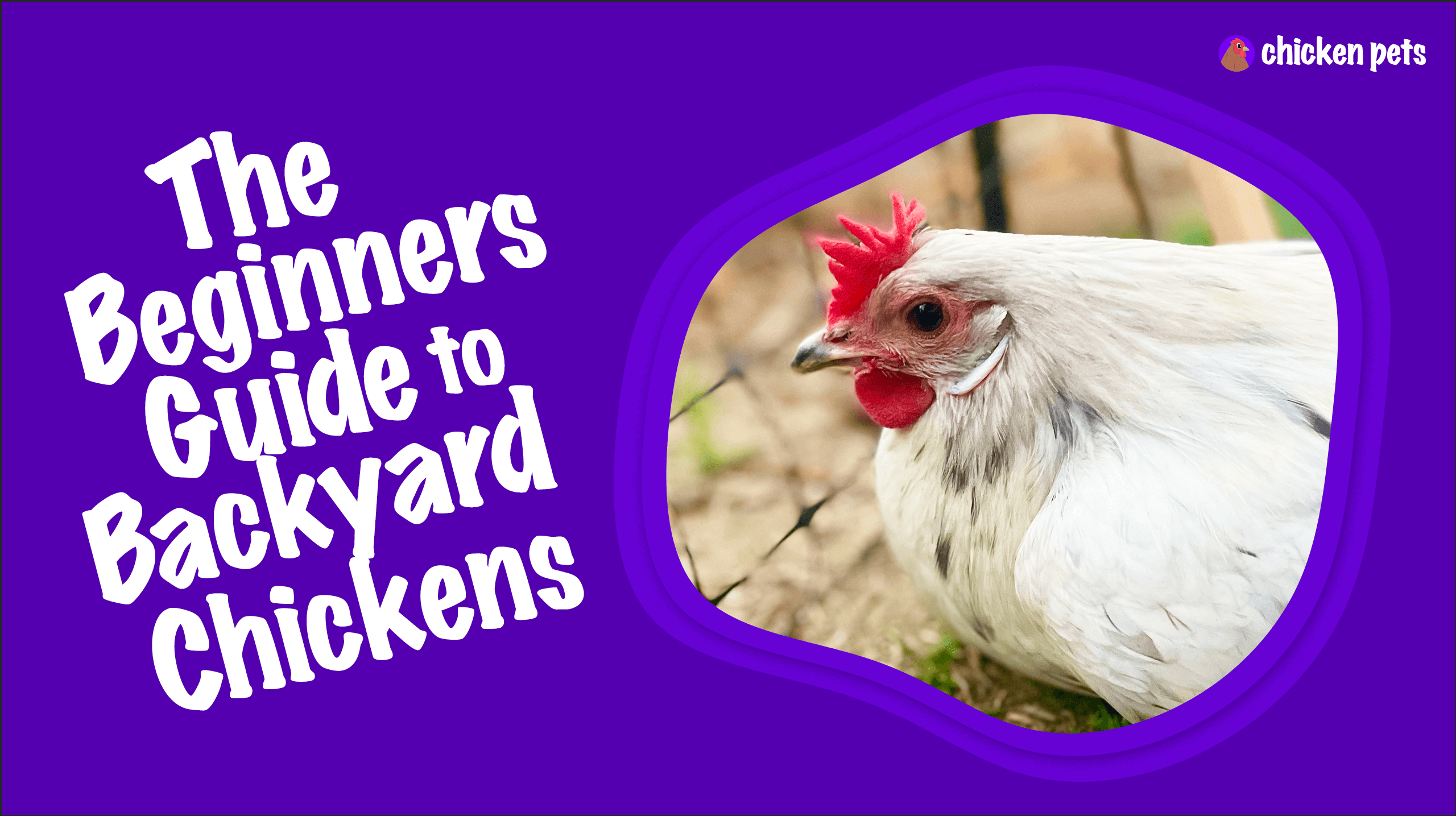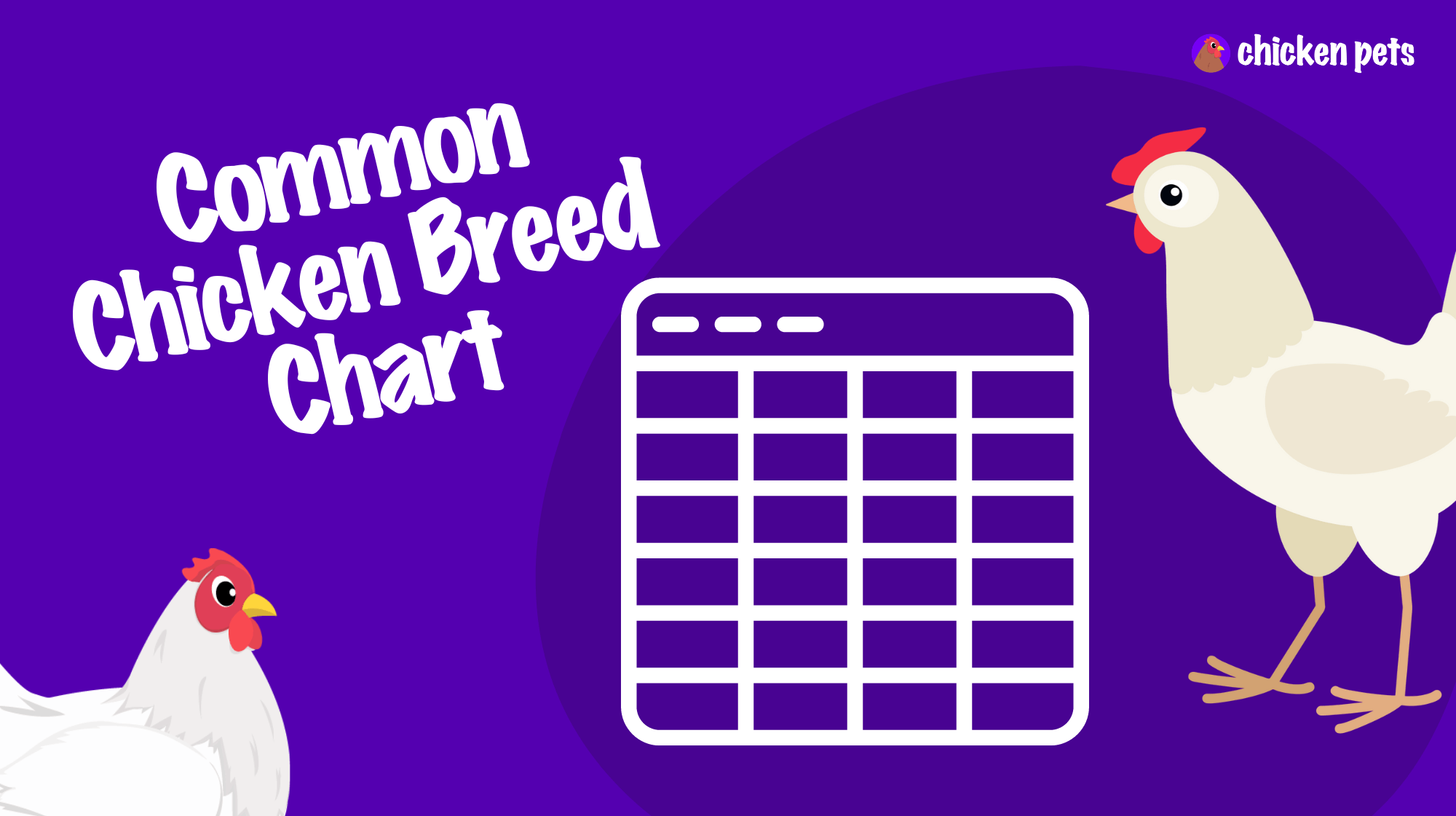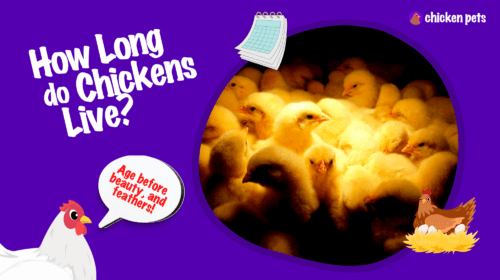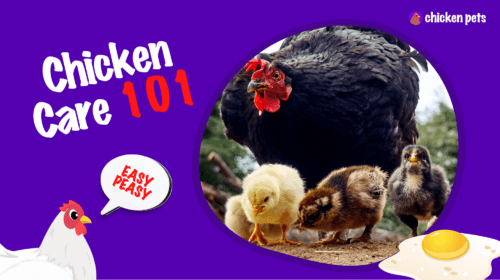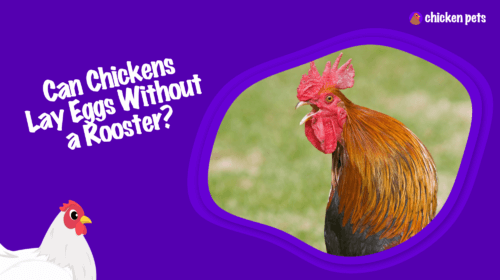Welcome to the world of spotted plumage chicken breeds! In this post, we’ll explore these unique and interesting chickens that will surely catch your eye and enhance your backyard flock.
Chicken Breeds with Spotted Plumage
Spotted plumage chicken breeds are those that have feathers with distinct spots or markings, creating an eye-catching appearance. Some popular breeds with this pattern include the Appenzeller Spitzhauben, Mottled Houdan, and Silver Spangled Hamburg.
Appenzeller Spitzhauben
The Appenzeller Spitzhauben is a Swiss breed known for its unique “V” shaped comb and striking black and white spotted feather pattern. They are hardy birds, able to tolerate various weather conditions and love to forage for insects and food.
Appearance and Size
With their distinctive forward-pointing crest of feathers, Appenzeller Spitzhaubens are a medium-sized bird, weighing between 4 to 5 pounds. Their plumage is predominantly black with white spots, giving them a stylish and elegant appearance.
Temperament and Traits
These active and curious birds are known for being strong fliers and excellent foragers. They are friendly and get along well with other flock members, but can be somewhat flighty, often perching in trees or on high roosts.
Mottled Houdan
The Mottled Houdan is a rare breed from France, distinguished by its unique butterfly-shaped comb, feathered crest, and striking black and white mottled plumage. They are valued for their decorative appearance and eggs production abilities.
Appearance and Size
Mottled Houdans feature a medium size bird with a weight of 4 to 6.5 pounds. Their feathered crest adds to their charm, and their plumage displays irregular black and white spots, making them a standout addition to any flock.
Temperament and Traits
Known for their docile and friendly nature, Mottled Houdans get along well with other chickens and are generally non-aggressive. They are intelligent and respond well to human interaction, making them great pets for families with young children.
Silver Spangled Hamburg
The Silver Spangled Hamburg is a beautiful breed with origins in Germany. They boast striking silver and black spotted plumage and are well-known for their egg-laying capabilities and active nature, making them perfect for backyard flocks.
Appearance and Size
The Silver Spangled Hamburg is a medium-sized bird, weighing between 4 and 5 pounds. Their stunning silver feathers are adorned with black spots, giving them a striking, showy appearance that is sure to impress onlookers.
Temperament and Traits
These active and alert birds have a lively and friendly temperament but can be somewhat flighty. They are fantastic foragers and love exploring their surroundings. Due to their strong flying abilities, it’s essential to provide high and secure fencing to keep them safe and contained.
Ancona
Originating from Italy, the Ancona chicken showcases gorgeous black and white mottled feathers that closely resemble the pattern found in Mottled Houdans. These hardy birds are known for their adaptability and good egg-laying abilities.
Appearance and Size
Anconas are a medium-sized bird, with weights ranging from 4 to 5 pounds. Their eye-catching plumage features random white spots on black feathers, making them a visually stunning addition to any backyard flock.
Temperament and Traits
Anconas are energetic, inquisitive, and active foragers. They can be a bit flighty but generally, get along well with other chickens. Providing plenty of room to explore and forage will keep these active birds happily occupied.
Dalmatian Chicken
Although not as common as other spotted breeds, the Dalmatian chicken is a unique breed originating from Croatia, with beautiful, eye-catching black and white plumage resembling that of the Dalmatian dog. They are admired for their eye-catching appearance and friendly nature.
Appearance and Size
Dalmatian chickens are a medium-sized breed, weighing around 4 to 5 pounds. Their dramatic black and white spotted feathers give them an unmistakable and attractive appearance, making them a popular choice for those who appreciate unique-looking birds.
Temperament and Traits
These friendly and social birds are known for their gentle nature, making them great additions to mixed flocks or suitable pets for families with children. They are typically non-aggressive and get along well with other birds.
Keeping Your Spotted Plumage Chickens Happy and Healthy
Regardless of the breed, all chickens require certain basics to keep them healthy, content, and productive. These essentials include proper housing, a nutritious diet, and regular healthcare. Below are some tips to help ensure the well-being of your spotted-feathered friends:
- Coop: Provide a clean, dry, and secure coop with enough space for each bird to comfortably move and rest. Ensure proper ventilation and temperature regulation to avoid respiratory issues or overheating.
- Nesting Boxes: Equip your coop with nesting boxes to encourage egg-laying, ideally one box for every 4 to 5 hens.
- Perches: Offer sturdy and varied-width perches for your flock to roost and sleep on. This helps prevent boredom and promotes healthy feet.
- Fencing: Supply a secure and spacious fenced area to help keep your chickens safe from predators while allowing them to roam and forage during the day.
- Diet: Feed your flock a balanced and nutritious chicken feed, supplemented with fresh fruit, vegetables, and insects for a balanced diet.
- Healthcare: Regularly check your chickens for any signs of illness, parasites, or injuries, and provide appropriate treatment when needed.
Whether you’re looking for stunning feather patterns, unique personalities, or productive egg-layers, these spotted plumage chicken breeds are sure to impress. With the right care and attention, these fascinating fowl can become a valuable and entertaining addition to any backyard flock.
Benefits of Adding Spotted Plumage Chickens to Your Flock
Adding one or more of these unique spotted plumage chickens to your backyard flock doesn’t just improve its visual appeal. There are multiple other benefits to consider when choosing these breeds, such as:
- Diversity: Including different breeds in your flock promotes genetic diversity, which helps keep your birds healthy and resilient.
- Foraging: Many of these breeds are exceptional foragers, which can help reduce the need for supplemental feed and keep your yard free of pests.
- Customer Appeal: If you sell eggs or chicks, having a rare or eye-catching breed can make your products more attractive to potential customers.
- Managing Stress: Watching your colorful and active flock go about their daily routines can provide a sense of calm and enjoyment, reducing stress and boosting your mood.
Key Factors to Consider Before Adding a New Breed to Your Flock
Before introducing any new chicken breed to your flock, it’s vital to research and consider several factors:
- Compatibility: Ensure the breed’s temperament is compatible with your current flock to avoid aggressive behavior or unwanted stress.
- Space Requirements: Confirm you have sufficient space to accommodate the new additions and avoid overcrowding.
- Climatic Conditions: Check that the breed is well-suited to your local climate, especially if you live in an area with extreme temperatures or weather conditions.
- Availability: Some breeds might not be readily available; it’s necessary to check local breeders or farm supplies to see if your chosen spotted plumage breed is obtainable in your area.
- Local Regulations: Research local laws and regulations regarding keeping chickens to ensure you are in compliance and are permitted to have the desired breed in your flock.
Preparing Your Flock for New Additions
You should also take measures to transition new birds into your flock smoothly:
- Quarantine: To maintain your existing flock’s health, quarantine any new birds for a minimum of 14 days before introducing them to your flock.
- Introductions: Gradually introduce the new birds to your flock. Start by putting them in a separate, adjacent area so both groups can see each other without direct contact. After a few days, allow them to mingle under supervision until they have integrated well.
- Monitor: Observe the behavior of both the new and existing flock members to ensure compatibility and address any signs of bullying or aggression.
By following these guidelines, you can successfully add a beautiful, spotted-feathered bird to your flock while ensuring the health, happiness, and productivity of your entire backyard chicken family.
Frequently Asked Questions
We understand you may have more questions about these fascinating chicken breeds with spotted plumage. To help you out, we have compiled this FAQ section answering some common queries related to these breeds:
What other chicken breeds have spotted plumage?
In addition to the breeds mentioned in this post, the Barred Plymouth Rock, Speckled Sussex, and Campine also have interesting spotted or laced patterns in their plumage. Each breed offers unique traits and characteristics.
Are spotted plumage chickens good for egg production?
Yes, many spotted plumage chickens are good layers, depending on the breed. For example, the Ancona or Silver Spangled Hamburg is known for being great egg layers. When choosing a breed, research specific egg production rates to match your expectations.
Do all spotted plumage chickens get along with other birds?
While many spotted plumage breeds are friendly and sociable, individual personalities and temperaments can vary. Research the breed’s general temperament, but always monitor interactions when adding a new bird to your flock.
Can I keep more than one chicken breed with spotted plumage?
Yes, you can keep multiple breeds with spotted plumage in your flock. Ensure compatibility, provide ample space, and maintain a balanced environment for all members of your flock.
Are spotted plumage chickens more susceptible to predators?
Just like any other chicken, spotted plumage breeds can attract predators. Their attractive feathers might make them more visible in some cases. Ensuring a secure, predator-proof coop and run will help protect your chickens, regardless of their plumage type.
Are spotted plumage chickens easy to care for?
Most spotted plumage chickens have similar care requirements to other breeds. Provide proper housing, nutrition, and healthcare to ensure the well-being of your flock, irrespective of their feather patterns.
Can spotted plumage chickens tolerate extreme weather conditions?
Many spotted plumage breeds are hardy and can tolerate various weather conditions. It’s essential to research how well the specific breed you’re interested in can adapt to your local climate and weather conditions.
How long do spotted plumage chickens live?
Spotted plumage chickens have a similar lifespan to most other chicken breeds, ranging from 5 to 10 years. Providing excellent care, nutrition, and maintaining overall good health can improve their lifespan.
Where can I buy spotted plumage chickens?
You can purchase spotted plumage chickens from local breeders, farm supply stores, or even online hatcheries. Research the breed’s availability, pricing, and ensure you deal with a reputable source for healthy birds.
What’s the best age to add spotted plumage chickens to my flock?
Adding young spotted plumage chickens (pullets) around 16 weeks old is recommended. This age allows them to integrate well while avoiding potential bullying and stress from older flock members.
Do spotted plumage chickens lay different colored eggs?
Spotted plumage chickens typically lay eggs in shades of white, cream, or light brown. The specific egg color depends on the breed. If you’re interested in a particular egg color, research the breed’s egg-laying capabilities beforehand.
Can I keep spotted plumage chickens as pets?
Many spotted plumage breeds are friendly, docile, and suitable as pets. However, consider their temperament and size before deciding as some may be more aggressive or less friendly than others.
Would spotted plumage chickens be a good addition to a small urban backyard?
Depending on the breed and individual requirements, many spotted plumage chickens can adapt well to small urban backyards. Research the breed’s temperament, space requirement, and local regulations before adding them to your flock.

